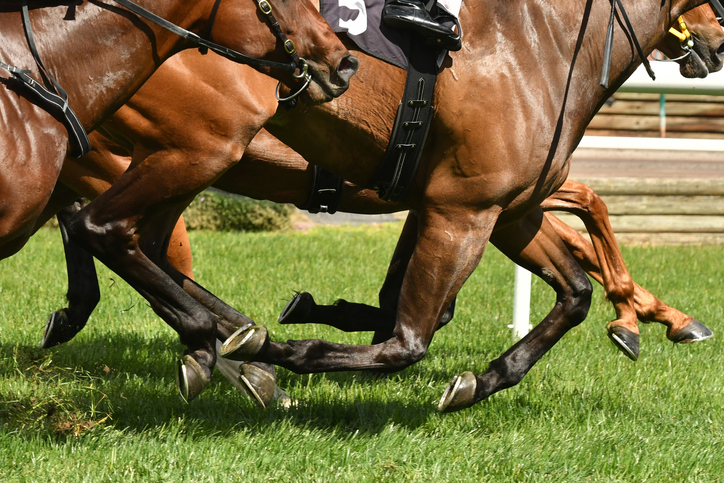As dawn illuminates the Kentucky skyline, the issue of animal welfare casts a significant shadow over a gleaming racetrack. Golden light floods the scene, highlighting the rhythmic dance of hooves and the palpable excitement of the crowd as majestic thoroughbreds power towards the finish line.
This spectacle of exhilarating beauty, set against the backdrop of a sport steeped in tradition and passion, brings to the forefront the complexity and diverse opinions surrounding the care of these magnificent animals. In their powerful gallop towards triumph, these equine athletes not only embody the dreams of their handlers but also navigate the intricate landscape of public scrutiny and the evolving principles of animal welfare.
The Starting Gate: Understanding Public Opinion in Thoroughbred Racing
The relationship between thoroughbred racing and animal welfare has long been a topic of public and stakeholder concern. Recent surveys indicate a growing awareness and sensitivity towards animal welfare among the general public.
For instance, a study by the American Horse Council reveals that 65% of respondents believe animal welfare is paramount in horse racing. Industry stakeholders, including owners, trainers, and veterinarians, are increasingly recognizing the importance of this public sentiment.
They acknowledge that the sustainability of the sport hinges not only on the safety and well-being of the horses but also on maintaining public trust and support.
The Backstretch: Evolution of Animal Welfare Practices
Historically, the thoroughbred racing industry has undergone significant changes in its approach to animal welfare. From the early days of minimal regulation, there has been a steady progression towards more stringent welfare standards.
Organizations like the Jockey Club have been instrumental in this evolution, implementing rules that ensure the safety and well-being of racehorses. These include strict drug policies, track safety measures, and retirement plans for racehorses.
Animal welfare organizations have also played a key role, advocating for higher standards and bringing attention to the needs of these animals beyond their racing careers.
The Final Turn: Current Challenges and Innovations in Animal Welfare
Despite progress, the industry continues to face challenges in balancing the demands of the sport with the welfare of the horses. Issues such as overbreeding, injuries, and ethical treatment during training and racing are at the forefront of ongoing debates.
Recent advancements, however, signal a positive shift. Innovations in veterinary medicine, improved track surfaces, and the introduction of welfare-centric racing rules show a commitment to addressing these challenges.
The industry is also seeing an increase in retirement and retraining programs for racehorses, ensuring they have a quality life post-racing.
The Home Stretch: Impact of Media and Advocacy
Media coverage and advocacy groups have significantly influenced public opinion and policy changes in the thoroughbred racing industry. High-profile incidents, often highlighted in the media, have spurred calls for reform and greater accountability.
Advocacy groups have been successful in not only raising awareness but also in pushing for legislative changes that prioritize animal welfare. This symbiotic relationship between media, advocacy, and the industry has led to increased transparency and a more informed public discourse.
Crossing the Finish Line: The Future of Thoroughbred Welfare
Looking forward, the intersection of public opinion and animal welfare in thoroughbred racing remains a dynamic and evolving landscape. The industry must continue to adapt and innovate, not only to meet the ethical standards expected by society but also to ensure the safety and well-being of its equine stars.
As technology advances and our understanding of animal welfare grows, the possibilities for improving the lives of these horses expand. The future of thoroughbred racing hinges on a delicate balance: embracing tradition while forging a path towards progressive welfare practices.
How will the industry continue to evolve in response to the ever-changing tapestry of public opinion?
Will the welfare of these noble creatures remain at the forefront, ensuring the legacy and integrity of the sport for generations to come?

